daily
Type of resources
Available actions
Topics
Keywords
Contact for the resource
Provided by
Years
Formats
Representation types
Update frequencies
Scale
-
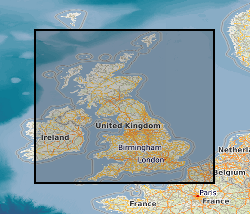
The Borehole Geology database holds downhole lithological / lithostratigraphical data (with unit-bound lithological properties where appropriate) for boreholes identified within the Single Onshore Borehole Index (SOBI), which covers onshore and nearshore Great Britain. The database can store multiple interpretations for each borehole and properties assigned to each coded lithological unit. Available borehole geology properties include porosity, Munsell colour, grain size, water struck, etc, and other valid property types can be included if required.
-
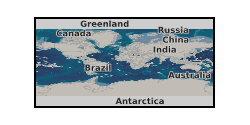
Reports of work carried out worldwide by the BGS and its precursors. These reports cover a wide range of scientific and technical disciplines and were produced for a variety of purposes. Reports date from about 1950 although there are only a comparatively small number of reports pre 1960. The reports are not published but copies can be provided on demand, in hard copy or pdf format ,subject to any restrictions.
-
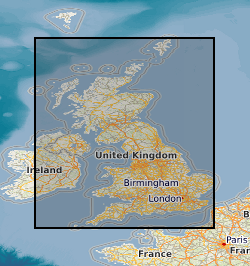
Index to acquisitions and donations of all types of geological record data. This information has been received from a variety of external organisations including public bodies and commercial concerns. The Oracle index was set up in 1988 and holds basic index information about the donor and the donation. The index has been expanded in 2009 to include other sections of BGS and covers all their donations. The majority are from Great Britain.
-
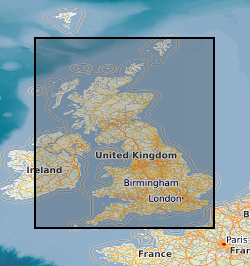
Index to manuscript geological maps produced by the Survey geologists or other recognised geologists on County Series (1:10560) and National Grid (1:10560 & 1:10000) Ordnance Survey base maps. The index was set up in 1991. Current holdings for Great Britain are over 35,000. There are entries for all registered maps but the level of detail depends on nature of original Survey, ie not all fields are complete for all entries.
-
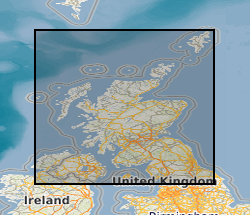
The collection consists of records of enquiries answered by the Land Survey from c.1939 to 1970, with a small number of earlier records. Pre c.1960 files relate mainly to economic mineral enquiries while files after that year relate increasingly to enquiries on geological site conditions. Enquiry records of former Leeds and Newcastle offices, relevant to UK(North), are held for c.1950 to 1992. Edinburgh Office enquiry files dated up to 1970 have been reviewed for retention/destruction and those of continuing informational or historical value have been retained as archives. Post 1970 files are confidential to BGS staff. Indexed on Land Survey Record Index (LSRI). Edinburgh enquiry files are referenced EE, (ex-Newcastle Office enquiries, EN). Covers Scotland and Northern England with concentrations in urban ares. All non-confidential data held by NGRC(North) is available to users.
-

Scanned images of large scale or large format plans of all types including those relating to mining activity, including abandonment plans and site investigations. The images include plans held in the BGS Collection but also plans held elsewhere. The majority of scans produced from 2002. All the plans are indexed on BGS.ALL_PLANS and non-coal plans are also available by the Mining Portal. Not all the plans have been scanned. The collection covers the whole of Great Britain.
-

Records for Great Britain of the statutory notifications of the intention to drill any boreholes, shafts or wells under the Mining Industry Act 1926 or the Water Resources Act 1991( plus voluntary notifications) . Information has been collected and maintained centrally from the 1950's, earlier records however are only on index cards. Complete for all boreholes since 1988 but record data will vary depending on the original purpose. Access restrictions apply.
-

Digital index to the availability of published medium scale geological maps at 1:50000 scale and 1:63360 scale (one inch to one mile) produced by the Survey. The index was set up in the 1980's and currently contains some 1100 entries covering the whole of Great Britain. Entries for all registered maps but not all fields are complete for all entries.
-

The commercial GeoReports project, under the National Geoscience Information Service sector of the Information Systems and Management directorate, produces around 8000 GeoReports a year, giving an annual turnover of over 600,000 pounds currently. The site specific reports are aimed at anyone who is investigating ground conditions in Great Britain (geology, hydrogeology and any related geohazards, including radon). Georeports reference: http://www.bgs.ac.uk/georeports
-

**Now superceded by CALM archives database**A brief finding list compiled in 1996/7 which derives its data from the earlier card and register lists. Earlier card indexes are still available at Keyworth. Virtually complete coverage of the archives of the Geological Society of London is included.
 NERC Data Catalogue Service
NERC Data Catalogue Service